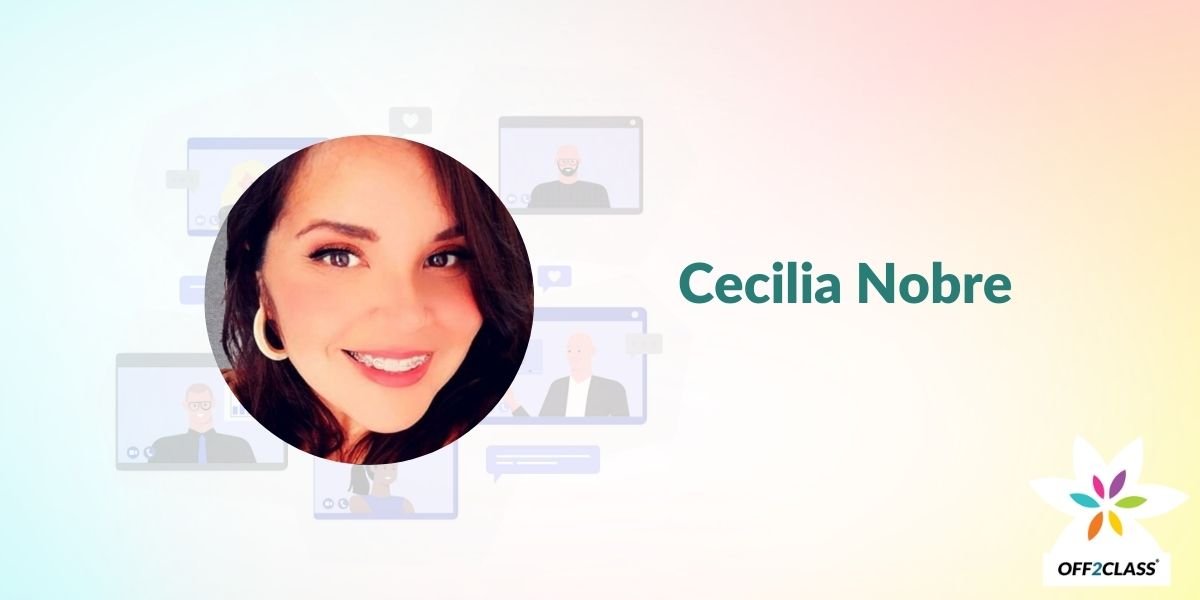In this two-part post I offer some techniques that I implement to maintain discipline when teaching ESL to young learners online.
In previous posts I discuss how the online ESL environment can be very successful for young learners, and I offer techniques to maintain energy levels. In this post I discuss discipline. There are a number of techniques I’ve developed the over last couple of years to ensure discipline is maintained in my online young learner lessons. The good news is that after implementing these strategies, I’ve never had to let go of a student due to poor behaviour online. In today’s post, I look at ideas to minimise discipline issues. In part 2 of my post I focus on strategies to deal with discipline issues as they arise.
A clear and informative briefing document is an essential precursor for discipline
In my previous post I advise sending a briefing document to parents prior to the child’s first lesson. This briefing document is essential to create expectations regarding discipline between you, your young learner and the parents; it’s a document that will minimise future headaches. I recommend communicating this information to parents prior to your first trial lesson with a young learner. Below are key items to include:
- Where to take the lesson. Ask parents to position the student in a quiet, closed space that is free of both clutter and distractions such as TV, other family members and pets. It is no surprise that the physical space has ramifications for online behaviour yet it is probably easily overlooked, especially so since as the teacher, you are unable to control the space in which the young learner takes lessons. From experience, the young learner’s bedroom is probably the best environment, while living rooms and kitchens are to be completely avoided. Don’t underestimate the distractions that will appear in common areas. Door bells, telephone conversations, pets that jump up onto the couch, etc.
- Set of expectations. All points should be laid out in a clear and concise manner, including no rudeness, offensive language or surfing other sites on the web. Do not allow other electronic devices in the room, especially the telephone.
- Written consent to record lessons. Recording a lesson is not a tool with which to threaten a student who exhibits poor beahviour. Rather, it allows you to review the lesson another time to monitor particular areas of progress of both the student and yourself. However, recording lessons does reduce a young learner’s inclination to exhibit numerous behaviours. Naturally, if you record a lesson, the parental briefing document must state this explicitly and you must obtain written consent from a parent. I certainly recommend recording lessons, as young learners are smart enough to know that there will be consequences when the teacher can present the actual behaviour rather than the parent just hearing the child’s version of events… Recording a lesson eliminates many behavioural issues that appear in the traditional classroom environment.
- Written discipline policy that you enforce. Three-strikes-and-you’re-out is a good start. Like all people, young learners have good days and bad days and a lot of in-between days. Whatever your policy is, you should define the ‘limit’ clearly and enforce it. Do not get into extended arguments with a young learner. It is up to the teacher to set a discipline policy and it must be non-negotiable. After strike three, terminate the lesson. Call the parent immediately, since the child may be doing the exact same thing… (In fact, on the two occasions I have pressed the kill-switch during a lesson, it was the young learner who picked up the parent’s phone!) One of the great things about online teaching is that parents are more receptive to hearing about their children’s behaviour since other influences and distractions of a traditional classroom and learning environment are not present. It’s hard to blame the kid at the back of the class in an online lesson!
- Lesson schedules and duration. Young learners attend hundreds of lessons at school each year and online lessons should be approximately the same duration. Any longer and the law of diminishing returns comes into play. Be aware that sometimes you need to manage parents on this issue too. Most parents automatically schedule lessons on a weekly basis, that repeats at the same day and same time. However, as they request lessons that are longer, at late hours, at weekends, etc., you must be prepared to communicate any negative learning environment that emerges. Young learners are children, and even the best-intentioned parent can enforce an unreasonable workload as exam dates loom. Maintain honesty with the parent regarding what the student appears capable of undertaking. Young people can be as busy as adults so be careful about agreeing to extra classes just to boost your income.
- Correct hardware. Proper hardware is vital. Most students need headphones with a built-in microphone to maintain excellent focus. My experience suggests that a laptop will cause less distractions and fewer technical issues than a tablet, though today almost 50% of my students come to class on an iPad. Similarly, you should become familiar with the equipment that your student uses, as repeated technical issues are resolved faster the second time around. Do not muddle your way through a lesson with faulty hardware and peripherals. You cannot control internet speed but you can insist on quality learning tools.
A clear and informative policy document is a professional way to minimise behavioral issues… but of course, discipline sometimes needs to be managed. In my next post, I cover strategies to deal with discipline issues as they arise.




3 Comments
Do you use the same placement test (on his site) for young learners?
Hi Jessica,
Generally, our placement test is designed for adolescents and above, but we do have lots of teachers that use it will their young learners. We hope to develop a Young Learner specific placement test in the future!
What discipline strategies do you use for learners?